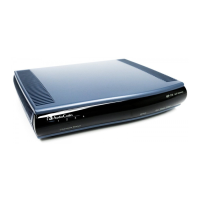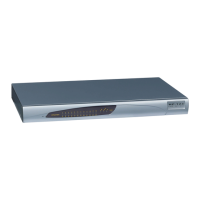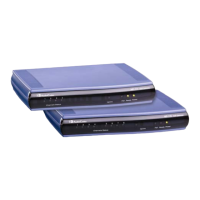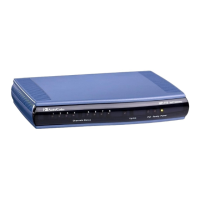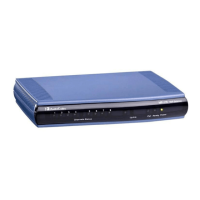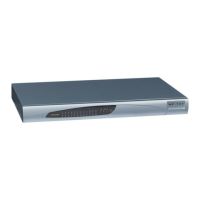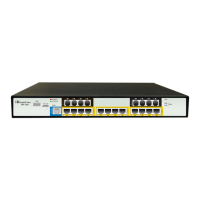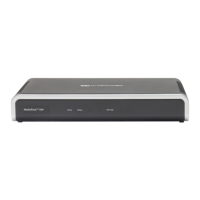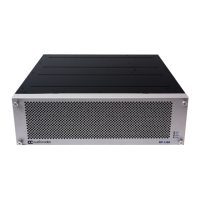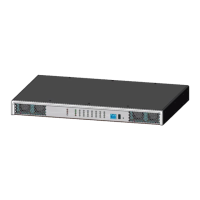SIP User's Manual 484 Document #: LTRT-65415
MediaPack Series
10.12.11.3 Number Manipulation Parameters
The number manipulation parameters are described in the table below.
Table 10-61: Number Manipulation Parameters
Parameter Description
Web: Copy Destination Number to
Redirect Number
EMS: Copy Dest to Redirect Number
[CopyDest2RedirectNumber]
Determines whether the device copies the called number
to the outgoing SIP Diversion header for Tel-to-IP calls.
Therefore, the called number is used as a redirect
number. Call redirection information is typically used for
Unified Messaging and voice mail services to identify the
recipient of a message.
[0] Don't copy = Disable (default).
[1] Copy after phone number manipulation = Copies
the called number after manipulation. The device first
performs Tel-to-IP destination phone number
manipulation (i.e., on the SIP To header), and only
then copies the manipulated called number to the SIP
Diversion header for the Tel-to-IP call. Therefore, with
this option, the called and redirect numbers are
identical.
[2] Copy before phone number manipulation = Copies
the called number before manipulation. The device
first copies the original called number to the SIP
Diversion header and then performs Tel-to-IP
destination phone number manipulation. Therefore,
this allows you to have different numbers for the called
(i.e., SIP To header) and redirect (i.e., SIP Diversion
header) numbers.
Note: This parameter can also be configured per IP
Profile (using the IPProfile parameter).
Web/EMS: Add Hunt Group ID as Prefix
[AddTrunkGroupAsPrefix]
Determines whether the Hunt Group ID is added as a
prefix to the destination phone number (i.e., called
number) for Tel-to-IP calls.
[0] No = Don't add Hunt Group ID as prefix (default).
[1] Yes = Add Hunt Group ID as prefix to called
number.
Notes:
This option can be used to define various routing
rules.
To use this feature, you must configure the Hunt
Group IDs (see Configuring Endpoint Phone Numbers
on page 124).
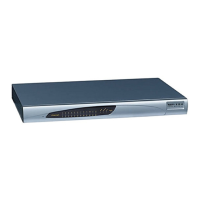
